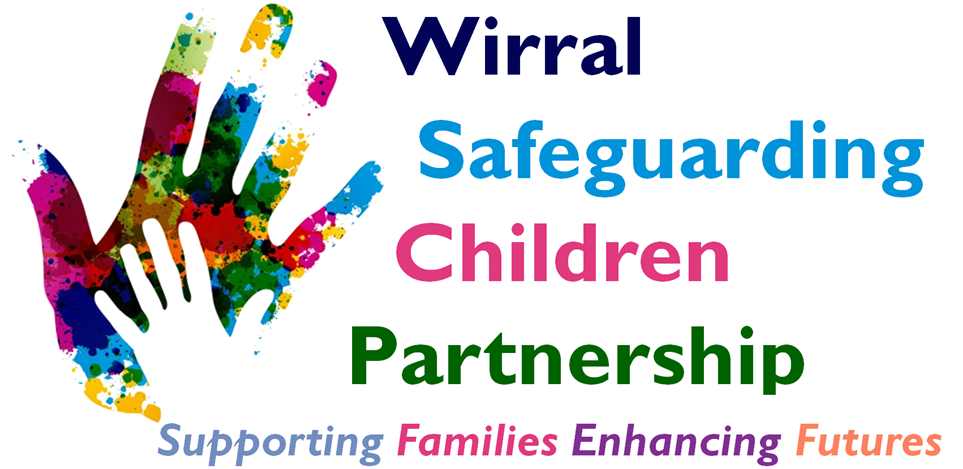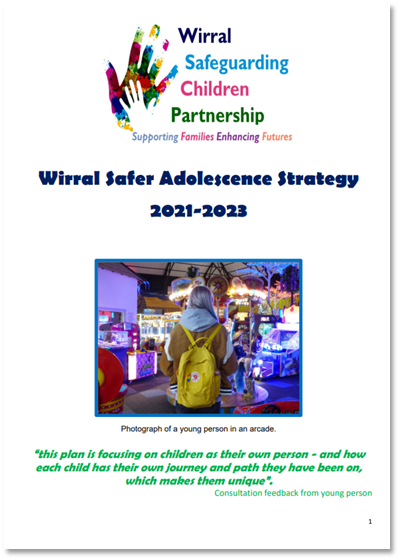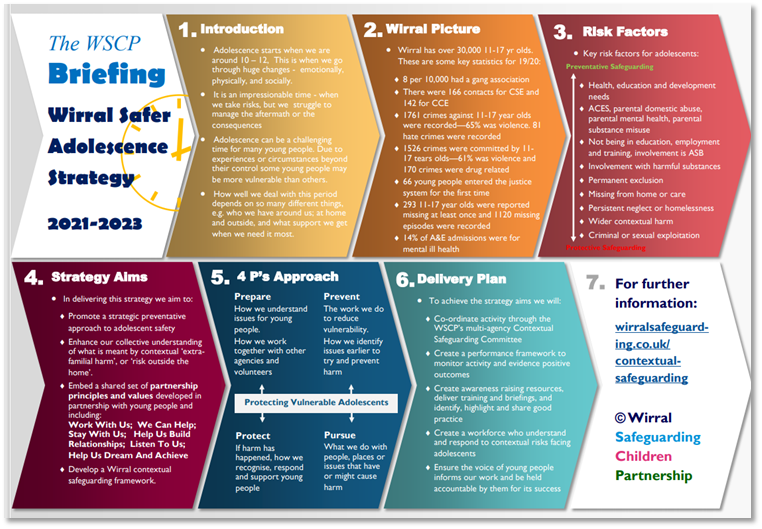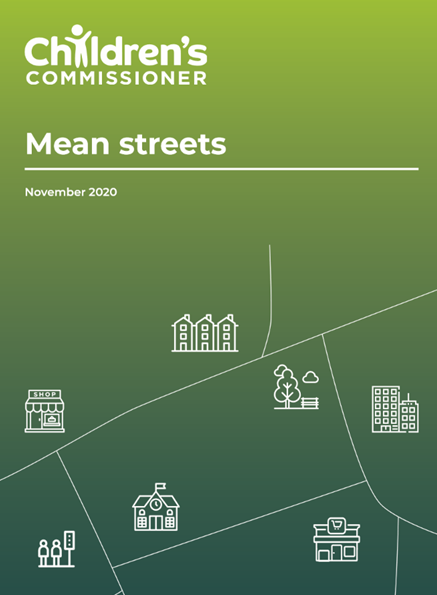Harm Outside the Home (HOTH)
Page being updated.
Introduction
As children move from early childhood and into adolescence they spend increasing amounts of time socialising independently of their families. During this time the nature of young people’s schools and neighbourhoods, and the relationships that they form in these settings, inform the extent to which they encounter protection or abuse. Evidence shows that, for example: from robbery on public transport, sexual violence in parks and gang- related violence on streets, through to online bullying and harassment from school-based peers and abuse within their intimate relationships, young people encounter significant harm in a range of settings beyond their families.
Peer Relationships
Research also tells us that Peer relationships are increasingly influential during adolescence, setting social norms which inform young people’s experiences, behaviours and choices and determine peer status. These relationships are, in turn, shaped by, and shape, the school, neighbourhood and online contexts in which they develop. So if young people socialise in safe and protective schools and community settings they will be supported to form safe and protective peer relationships. However, if they form friendships in contexts characterised by violence and/or harmful attitudes these relationships too may be anti-social, unsafe or promote problematic social norms as a means of navigating, or surviving in, those spaces.
Harm Outside the Home – Areas of Risk
There are a wide range of risks which can potentially cause significant harm to children and young people where the prime cause of harm is outside of the family. This list isn’t exhaustive but includes:
- peer on peer and relationship abuse
- criminal/ sexual exploitation/ online abuse
- missing episodes
- risks associated with gangs
- risks associated with radicalisation
- safeguarding risks in public spaces
- trafficking and modern slavery
Safer Adolescence Strategy 2021-23
The WSCP has published its two-year Safer Adolescence Strategy. The strategy aims to:
• Promote a more strategic preventative approach to adolescent safety by raising awareness of
associated vulnerabilities.
• Enhance our collective understanding of what is meant ‘extra-familial harm’, or ‘risk outside the
home’.
• Embed a shared set of partnership principles and values for working with adolescents.
• Develop a Wirral contextual safeguarding framework.
a
Resource Documents – with particular thanks to the Contextual Safeguarding Network
What is Peer on Peer Abuse Carlene Firman and George Curtis, 2015, MsUnderstood Partnership
LSASG-Survey-of-London-Professionals-Safeguarding-Adolescents-docx Dr Lucie Shuker, August 2017, Institute of Applied Social Research
Holistic-approaches-to-safeguarding-adolescents-briefing Delphine Peace and Ruth Atkinson, February 2019, University of Bedfordshire Contextual Safeguarding Network
Building-Context-into-CP-Conferences University of Bedfordshire and Hackney Contextual Safeguarding Team, February 2019
PACE Parent-Publication-2019 Parents Against Child Exploitation (PACE), 2019
Safe4Me Toolkits providing resources, activities and advice to help schools, professionals and parents to keep children safe.



